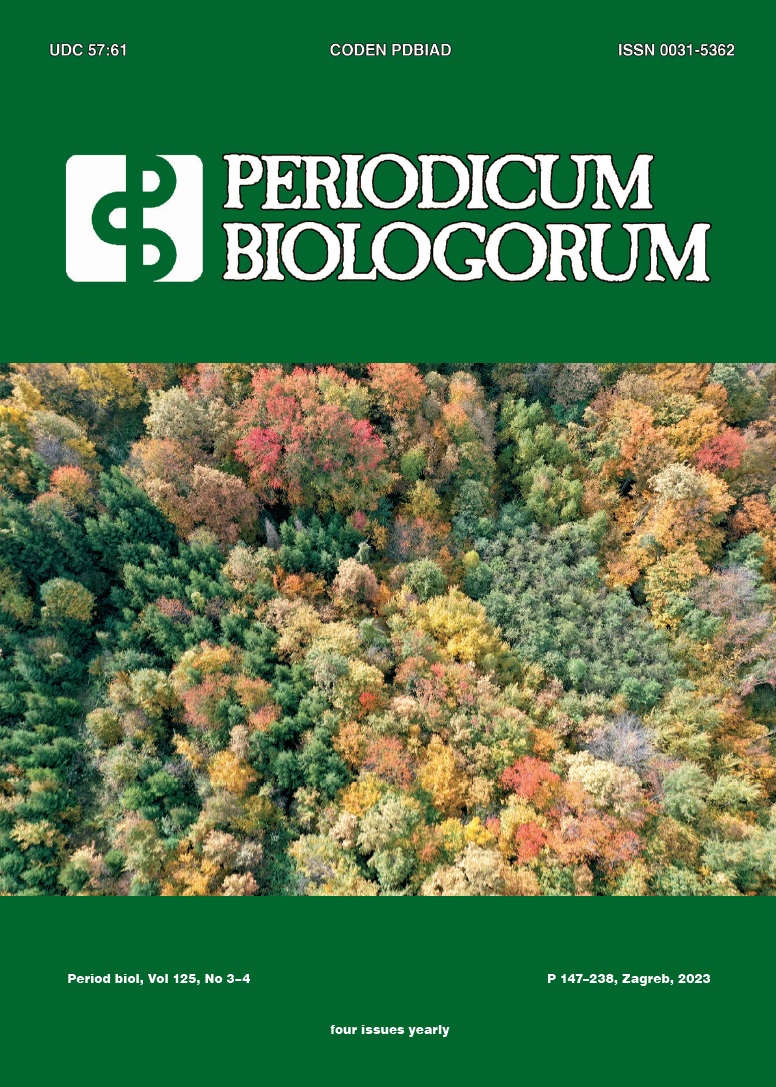Long term succession of engineering species Gongolaria barbata (Stackhouse) Kuntze (Fucales: Ochrophyta) along the Romanian Black Sea coast
Succession of Gongolaria barbata along the Romanian Black Sea coast
DOI:
https://doi.org/10.18054/pb.v125i3-4.26815Abstract
Background and purpose: Cystoseira sensu lato are of great interest due to their primary role in maintaining high biodiversity and the functioning of rocky habitats, and as provider of crucial ecosystem services. Conspicuous historical declines have been reported in many regions, Romanian Black Sea coast included. Gongolaria barbata (Stackhouse) Kuntze (Fucales: Ochrophyta) is the only remaining representative of Cystoseira s. l. along the Romanian coast and currently the most important habitat-forming species, with extended to patchy canopies in the southern rocky coasts. To better understand the status of such ecological important species, we analyse and compare the succession of Gongolaria infralittoral populations during reference (60s), decline (70s) and more recent period (2009 – 2022), based on an extensive literature review (historical quantitative data) and recent information from annual monitoring program.
Material and methods: Quadrats (20 × 20 cm) were used for sampling both in the past and present, with a total number of 144 samples collected between 2009 – 2022. Both historical and recent data were statistically analysed using non – parametric tests due to the absence in normality and homogeneity of data sets.
Results: Following sea ice from 1972 and violent storms as the main drivers of local Gongolaria decline, out of the thirteen known development areas from the reference period, nowadays only five are left. However, recent wet biomass and density values are appropriate to those of the reference period (1962 – 1971) and much higher compared to the maximum decline period (1972 – 1979).
Conclusions: G. barbata has been in a fragile balance along the Romanian coast in the last decade, highly sensitive in front of increasingly anthropogenic activities.
Downloads
Published
Issue
Section
License
The contents of PERIODICUM BIOLOGORUM may be reproduced without permission provided that credit is given to the journal. It is the author’s responsibility to obtain permission to reproduce illustrations, tables, etc. from other publications.


